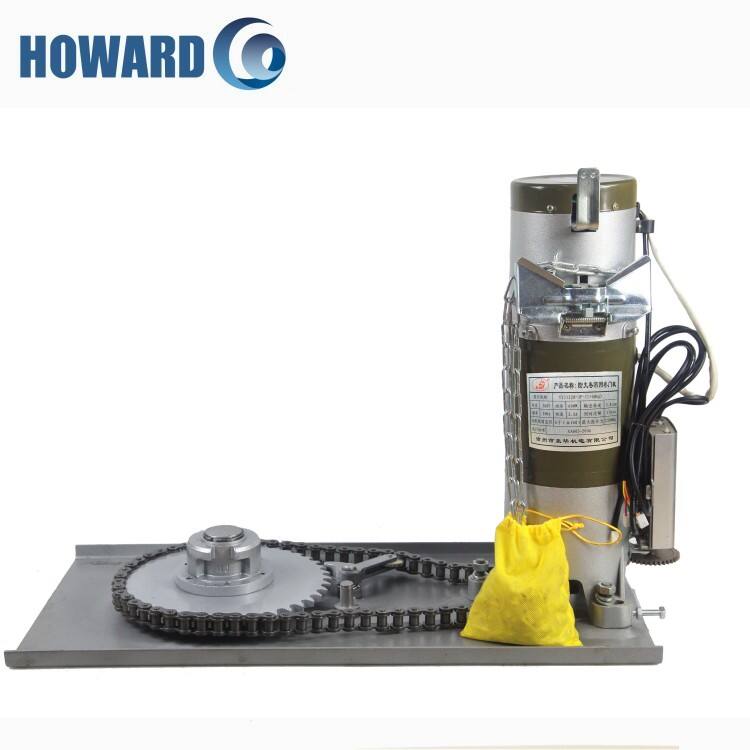
A fire shutter, also known as a fireproof roller shutter or fire - resistant shutter, is a vital fire - protection device used in buildings. Composed of a series of interlocking slats or panels, it can be rapidly deployed to create a physical barrier against the spread of fire and smoke. The slats of a fire shutter are typically made from materials such as steel or fire - resistant composites. Steel fire shutters are highly durable and offer excellent resistance to the intense heat generated by fires. Composite shutters, on the other hand, may combine the strength of metal with the heat - insulating properties of other materials, providing enhanced fire - retardant capabilities. Fire shutters are installed in strategic locations within a building, such as doorways, openings between different areas, and around elevator shafts. In the event of a fire, they can be activated automatically by a fire - detection system or manually by building occupants. Once activated, the shutter descends or closes, sealing off the opening and preventing the fire from spreading to adjacent areas. Some advanced fire shutters are equipped with additional features, such as smoke - sealing mechanisms. These ensure that not only flames but also smoke, which can be extremely dangerous, is contained. They also often have a signal - feedback system, which communicates the status of the shutter (open or closed) to the building's fire - alarm control panel. Fire shutters play a crucial role in compartmentalizing a building during a fire, allowing more time for evacuation and for fire - fighters to control the blaze. Their proper installation, maintenance, and testing are essential to ensure their reliable performance when needed most. Building owners and managers should adhere to local fire codes and regulations regarding the installation and use of fire shutters to safeguard the safety of the building and its occupants.
